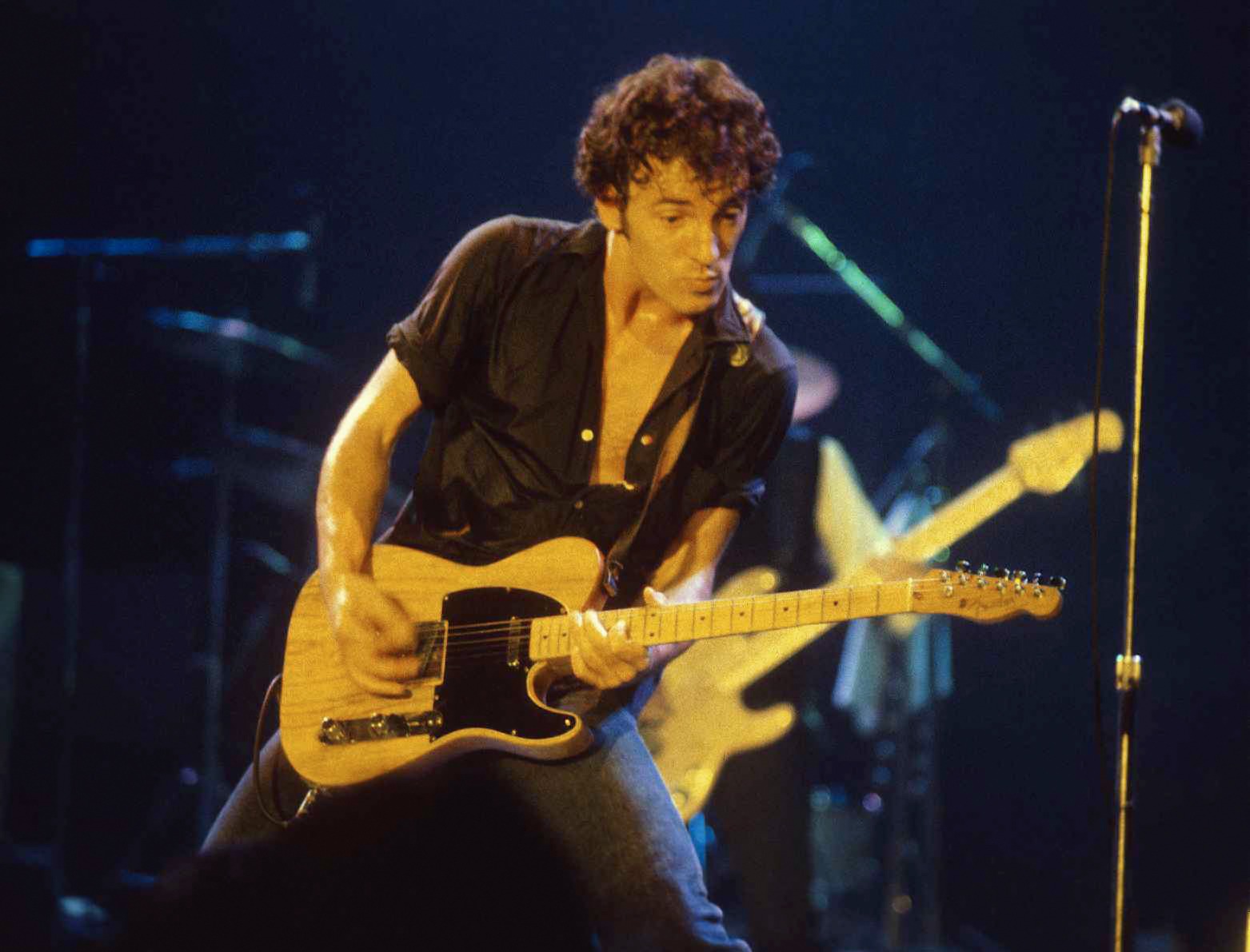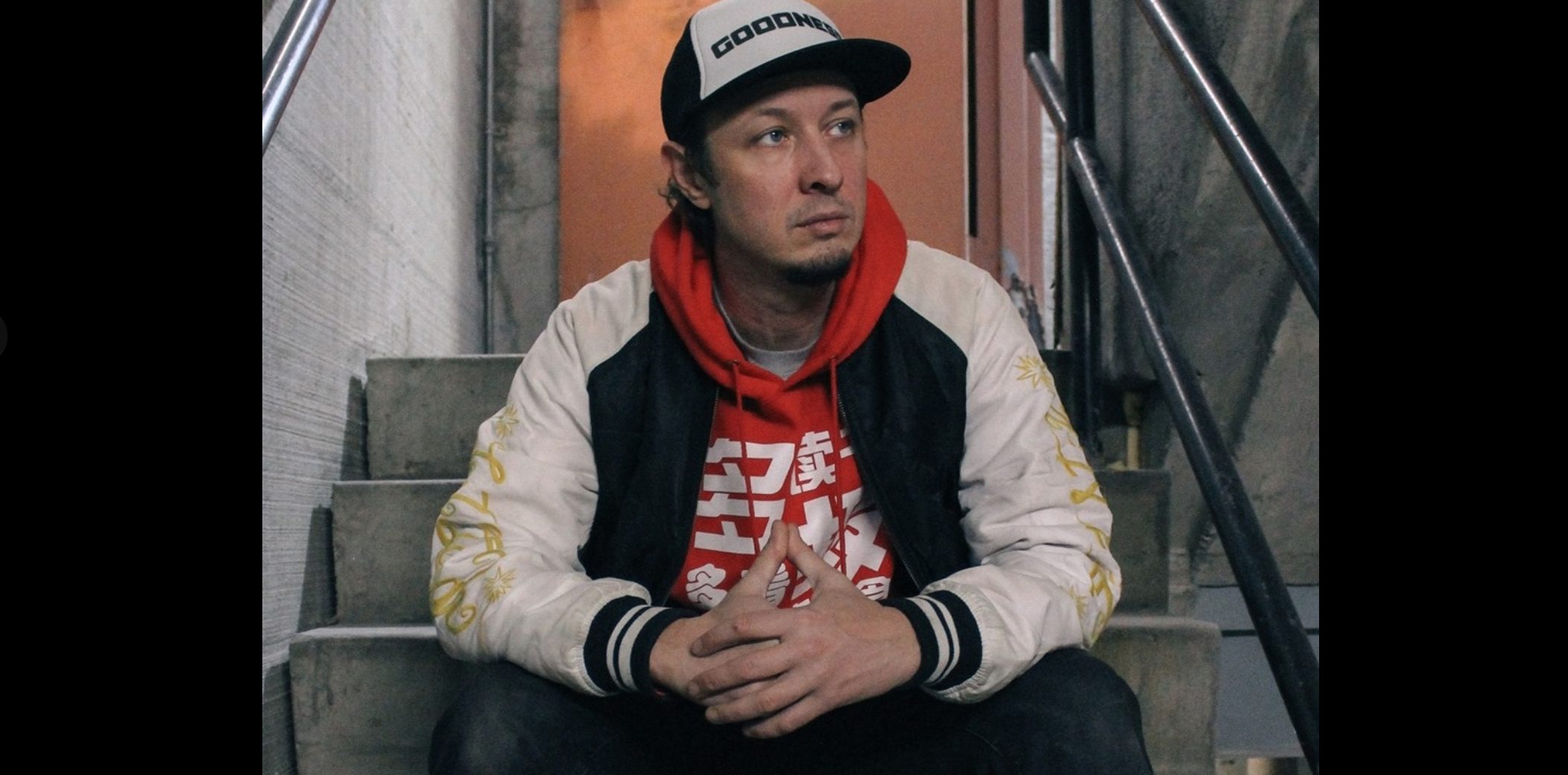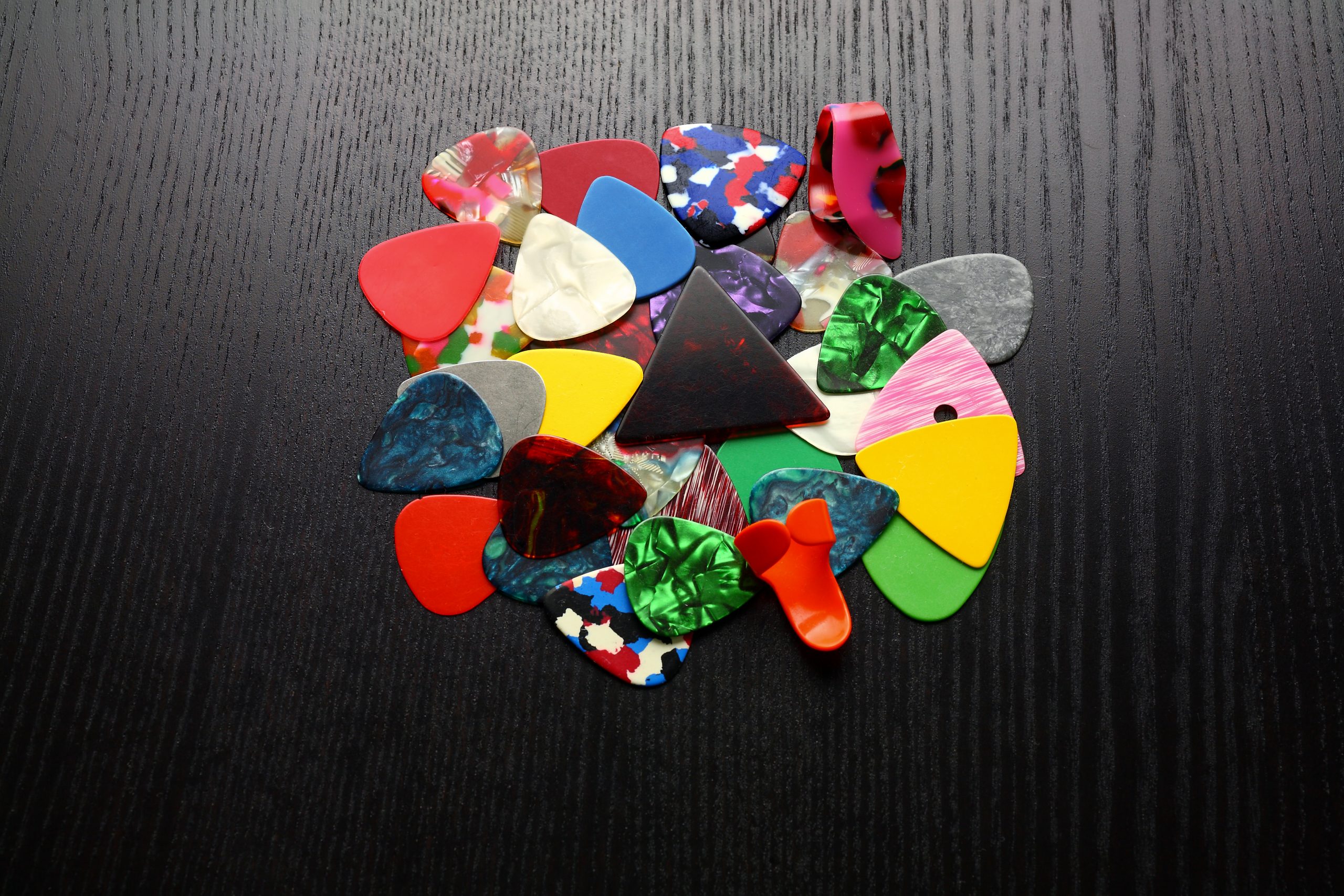Bruce Springsteen spent decades singing about longing, but struggled to express genuine intimacy until Patti Scialfa rewrote his emotional vocabulary. In an era when rock gods were expected to brood alone, Scialfa became the collaborator who taught America’s most guarded storyteller how to be vulnerable on stage and vinyl.
When Two Jersey Hearts Collided
Their early 1980s Stone Pony meeting sparked a creative partnership that would transform both artists.
Picture The Stone Pony in Asbury Park, early 1980s—that legendary dive where careers launch and dreams crash nightly. Scialfa commanded the stage with her own material when Springsteen noticed something different. This wasn’t another backup singer hoping for her big break.
The NYU music graduate had already paid dues in jazz clubs and bar bands, developing a confessional songwriting style that cut deeper than typical Jersey Shore anthems. After studying jazz at the University of Miami, she brought technical skill and emotional depth that set her apart from the scene’s usual performers.
When she joined the E Street Band in 1984 for the “Born in the USA” tour, postponing solo ambitions to collaborate with rock’s reigning workingman, their onstage chemistry became impossible to ignore. You could see it during “Tougher Than the Rest”—the way their voices intertwined suggested something beyond professional courtesy.
The Sound of Hearts Breaking Open
Scialfa’s influence transformed Springsteen’s approach to emotional storytelling and musical vulnerability.
The “Tunnel of Love” album stands as their creative manifesto. While Springsteen’s marriage to Julianne Phillips crumbled publicly, Scialfa became his closest confidante and creative catalyst. The record’s tender explorations of relationship complexity—songs like “Brilliant Disguise” and “One Step Up”—revealed emotional terrain Springsteen had never mapped before.
Their duets during the “Tunnel of Love Express“ tour showcased vulnerability that felt revolutionary in 1988 rock stardom. Like watching someone learn a new language live, audiences witnessed Springsteen discovering how to express tenderness without losing his edge.
Springsteen later described Scialfa as “the center of my life for the entire second half of my life,” crediting her intelligence and strength for helping him navigate depression and find renewed purpose. “Western Stars” became his musical love letter to her—proof that authenticity and commercial success can coexist when two artists trust each other completely.
Beyond the Spotlight’s Shadow
Scialfa’s independent artistry and recent health challenges highlight her resilience and lasting influence.
Three solo albums—”Rumble Doll,” “23rd Street Lullaby,” and “Play It as It Lays”—prove Scialfa never needed anyone’s shadow for validation. Her Rock and Roll Hall of Fame induction in 2014 alongside the E Street Band recognized her contributions as both collaborator and individual artist.
Her 2024 multiple myeloma diagnosis, handled with characteristic grace, reflects the same strength that helped reshape rock’s most famous introvert into someone capable of genuine connection. Even facing health challenges, she continues supporting charitable causes and maintaining her artistic partnerships.
Their partnership redefined what musical collaboration could accomplish—not just harmonies, but emotional archaeology. Together, they proved that rock’s greatest transformations happen when two artists make themselves completely vulnerable to each other’s influence.


























